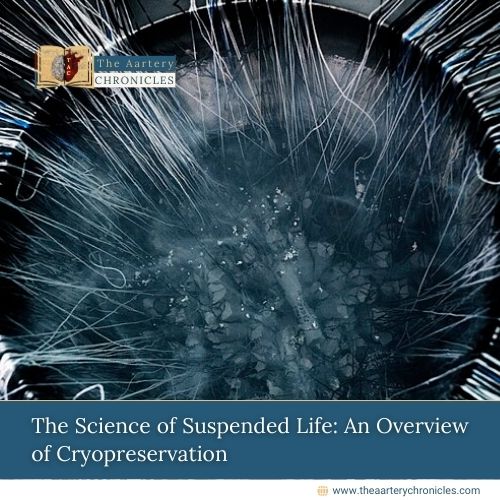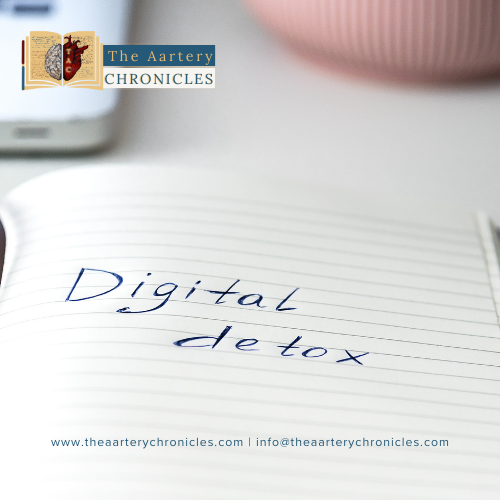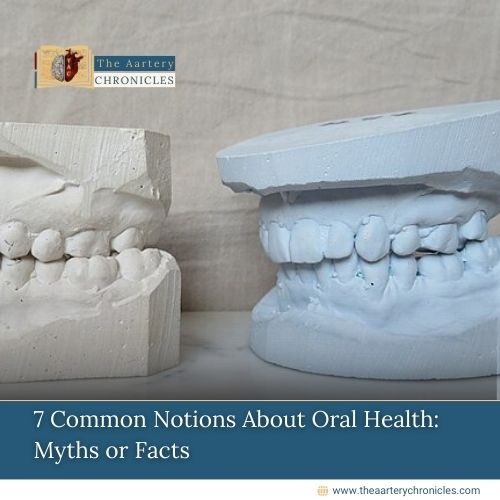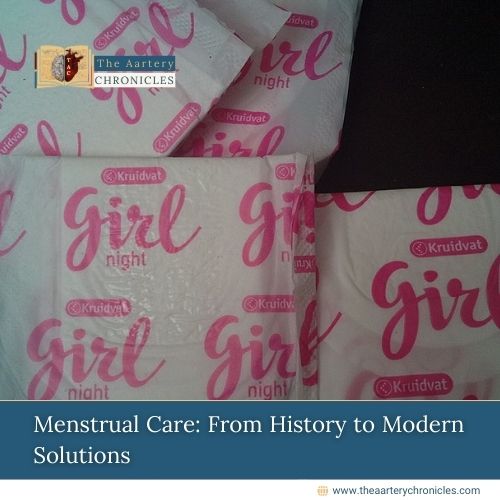
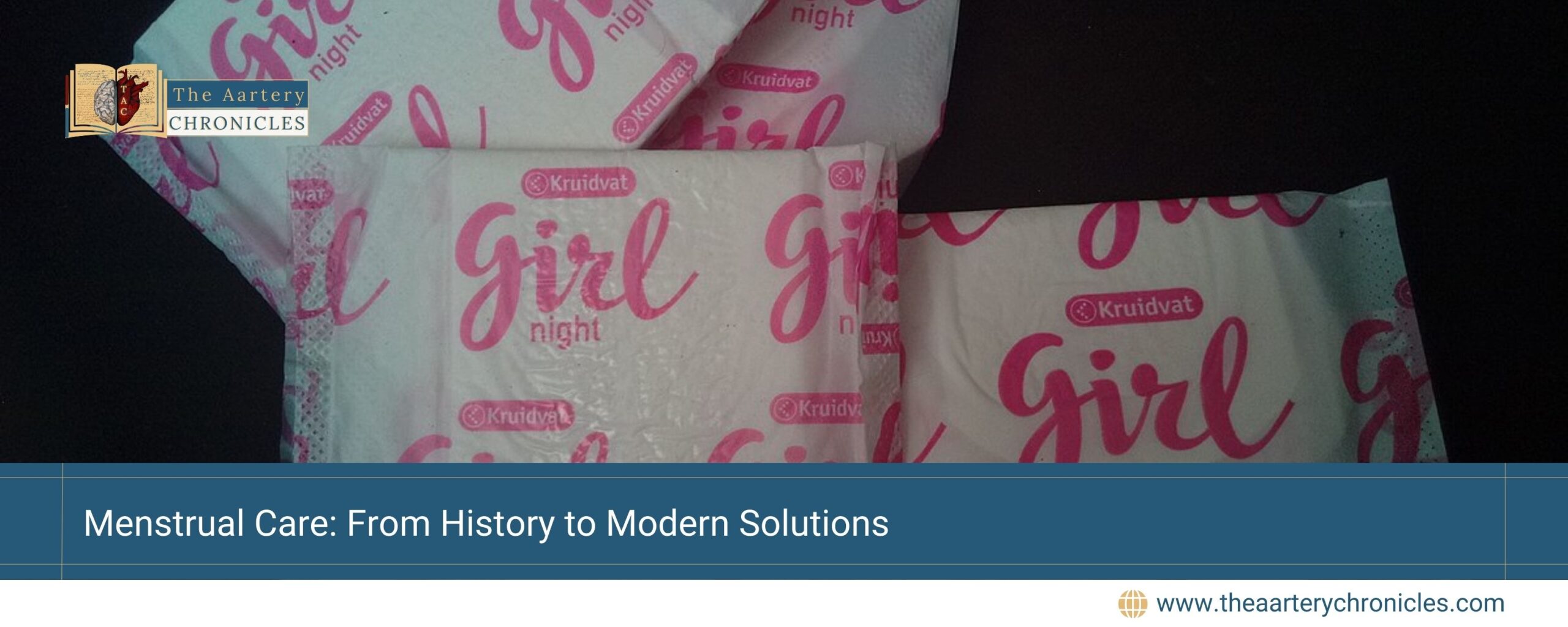
Menstrual Care: From History to Modern Solutions
Overview
Menstruation, a force that sustains life, is not a mere biological process but a symbol of the cyclic nature of the creation. Menstruation highlights the association between women and nature symbolizing the creation and generative capabilities.
As human civilization has progressed, how menstruation is managed today has significantly changed, depicting cultural, social, environmental, and technological transitions. The variety of menstrual products available today demonstrates the evolution of precise solutions tailored to individual needs and preferences.
A brief History of the Evolution of the Menstrual Products
In ancient Egypt, women used materials such as wool, grass, cotton, and papyrus.
- According to some evidence, women in ancient Greece wrapped lint around wood to use it as a tampon.
- A few instances show that Native Americans used buffalo skin and moss as pads. [1]
During the 18th and 19th centuries, European women began using fabric or flannel pads they wove themselves.
- In 1896, Johnson & Johnson introduced the first commercially sold disposable sanitary pads called ‘Sanitary Napkins’, also known as Lister’s Towels. [1]
- Later, products such as Kleinert’s underpants, Tampons, and menstrual cups were invented.
Commonly used period products are
1. Sanitary Pads
Sanitary pads or napkins are probably the most widely used period products all over the world. Pads are a popular choice because they are very easy to use and it is comparatively easy to monitor the flow with pads. Pads usually come in various sizes and absorbencies to cater to individual needs. Pads are usually disposable, however, reusable options also exist. [2]
Cons: Sanitary napkins can give a bulky appearance and cause slight discomfort creating a feeling of dampness and odour. [3]
2. Menstrual Underwear
Menstrual underwear is usually reusable and comes in various styles and absorbencies. These are leakproof and comfortable, making them ideal for overnight use. [2]
Cons: Period underwear can be more expensive and have a limited lifespan. They might not work efficiently during heavy flow days. [3]
3. Tampons
Tampons offer discreetness and convenience. However, learning to use a tampon can be slightly tricky. Like other period products, tampons also come in various absorbencies and applicators and are quite convenient for many physical activities. [3]
Cons: With Tampons, there can be an increased risk of Toxic Shock Syndrome (TSS). It can be dangerous if not used correctly, and uncomfortable for inserting and removing. [3]
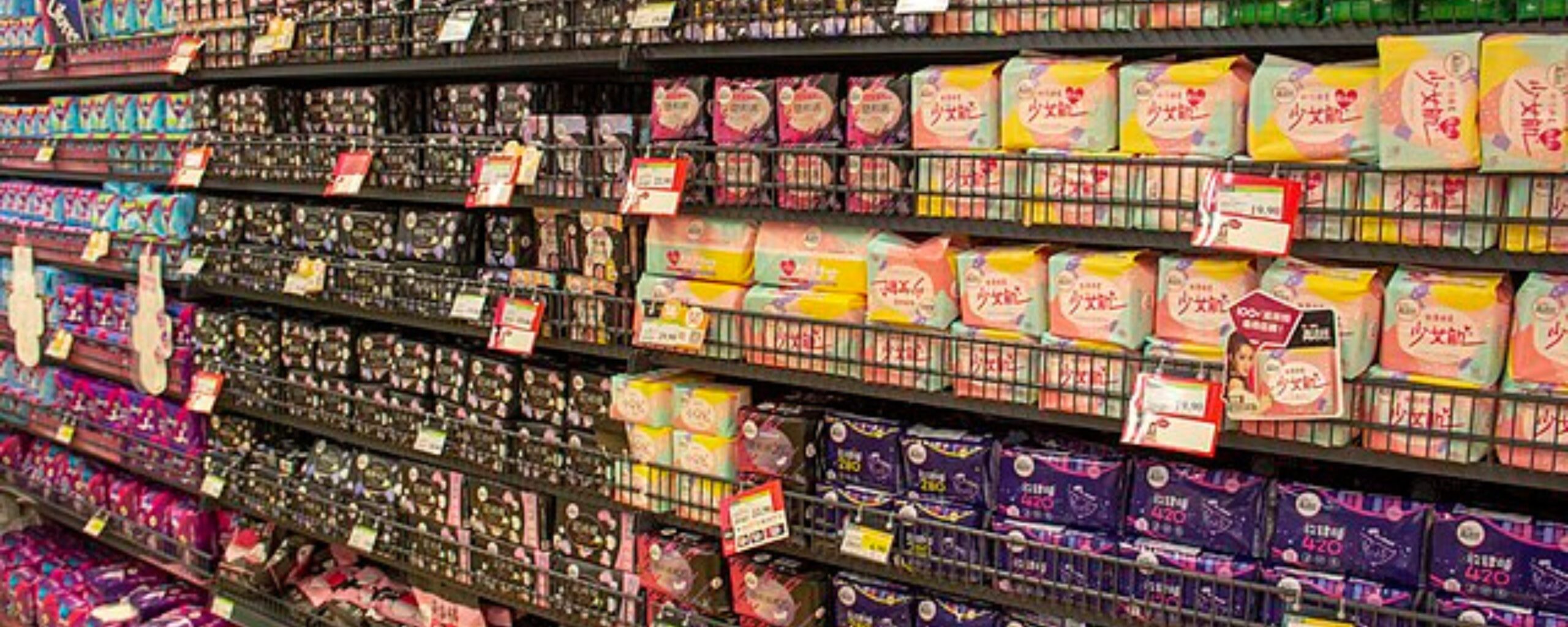
4. Menstrual Cups and Discs
Cups and discs can potentially hold more fluid than pads and other products and are an environment-friendly option.
Cons: Discs and cups require extreme hygiene and cleanliness. It can be difficult to use them in the beginning and sometimes may not be suitable for women with specific physical conditions. Also, these are expensive compared to other products and may be less accessible in some areas.
Unveiling concerns surrounding period care products
- The prime concern regarding sanitary pads and tampons is the unnatural material used in their manufacture. Synthetic materials such as polyester and rayon or cotton are chemically treated with chlorine bleaching resulting in the formation of furans and dioxins that are associated with increased risk of cancer, endocrine disruption, and reproductive toxicity. [3]
- When it comes to tampons or internal period care products, introducing foreign objects in the body that too in a place as sensitive as a vagina can lead to disruption of pH balance resulting in irritation and discomfort. The use of tampons has also been associated with the risk of Toxic Shock Syndrome (TSS) a life-threatening infection caused due to bacterial overgrowth growth.
- Menstrual cups and discs can be dangerous if not used correctly. Insertion of the products with long nails can cause minor cuts or abrasions to the vaginal wall. Also, it is important to use the correct size according to individual anatomy because incorrect sizes are noted to cause pain and discomfort.
- Furthermore, internal period products in some cases have been recorded to disrupt or dislodge intrauterine devices (IUD).
What is period equity and why is it important?
Period equity is the right to fair access to products related to menstrual hygiene, the right to education and awareness regarding reproductive health, and the removal of stigma surrounding the same. Menstruation is the basis of existence; hence it is important to treat menstrual products as necessities. Many people face financial burdens in the need to buy period products and use paper towels, and toilet paper which can be extremely harmful and lead to irritation, discomfort, and an increased risk of toxic shock (TSS) syndrome. [4]
Taboos and stigma may prevent people from getting help, education, and self advocation. When the stigma of half of the population is addressed only then society will move forward. Equity cannot be achieved when nearly half population experiences financial and physical distress because of the reproductive cycle essential for human survival. [4]
Conclusion
While there are a wide variety of period care products available, it is important to choose what works best for you. Every product has concerns regarding physical health in the long run and environmental sustainability, this demonstrates the dire need to improve period care products and create sustainable, easy-to-use, safe menstrual products. It is essential to find solutions to end period poverty, eliminate tax on menstrual products, and make these products more accessible. If the products are publicized more people may benefit from it.
- Sanitary suspenders to Mooncups: a brief history of menstrual products | Victoria and Albert Museum
- Choosing the Best Feminine Hygiene Products: A Complete Guide | Moreland OBGYN
- Analyzing Menstrual Products And Overcoming The Issues Relevantly | IJRAR
- Period equity: What it is and why it matters | Harvard Health Publishing


